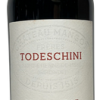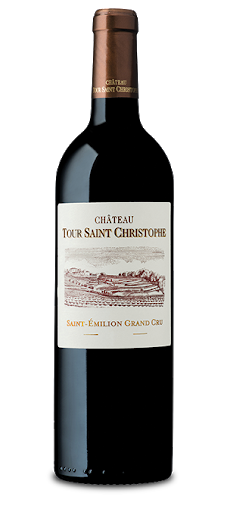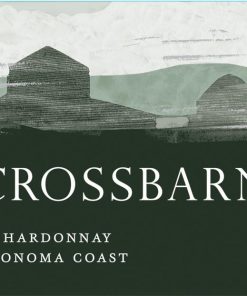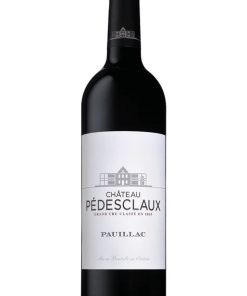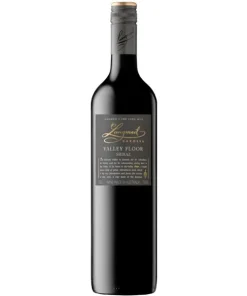-
×
 2023 Caymus Cabernet Napa 750ML
1 × $68.99
2023 Caymus Cabernet Napa 750ML
1 × $68.99
Thorn Clarke Shotfire Reserve Shiraz 2019
$39.99 Original price was: $39.99.$22.99Current price is: $22.99.
SAVE 42% 93pts JD, W&S, BTI
| Appellation | Barossa Valley |
|---|---|
| Region | |
| Varietal |
Categories: New Arrivals, Shiraz, Syrah/Shiraz
This is not the regular bottling. This is the Reserve wine.
The name Thorn-Clarke represents the union between two families with deep roots in the Barossa Valley and six generations of grape growing. Cheryl Clarke’s (née Thorn) family were some of the earliest settlers in the region and have been growing grapes since the 1870s. The Thorn family property ‘Clifton’ is home to one of the oldest Shiraz vineyards in Australia, and perhaps the world, with earliest records for plantings dating back to 1854. It is still owned and operated by Cheryl’s brother. David Clarke’s family was also a pioneer in the Barossa Valley but more famously for mining gold. An ancestor, James Goddard, was responsible for opening the Lady Alice gold mine in the Barossa goldfields, the largest gold mine in South Australia at the time. A geologist by training and wine lover at heart, David set about testing soils to identify prime plots of land to acquire and plant vines. David and Cheryl’s first vineyard in 1987 was Kabininge, outside Tanunda (the name means “watering hole” in aborigine). They later acquired more land in Barossa and in The Eden Valley. This took a lot of Australian pluck at that time. During the late 1980s the South
Australian government was sponsoring growers to remove vines, not plant them, to manage oversupply.
Australian government was sponsoring growers to remove vines, not plant them, to manage oversupply.
Following success as grape growers supplying other Barossa wineries with fruit, David and Cheryl founded Thorn-Clarke winery in 2001 with daughter, Nicole, and son, Sam. Thorn-Clarke has a total of 675 acres of grapes over 5 vineyards. In Barossa Valley, there are 3 vineyards: Kabininge, St. Kitts and Truro. In the Eden Valley, there are 2 vineyards: Mount Crawford and Milton Park.
The Barossa Valley wine region is one of Australia’s oldest and most premier wine regions. Located in South Australia, the Barossa Valley is about 56 km (35 miles) northeast of the city of Adelaide. Unlike most of Australia whose wine industry was heavily influenced by the British, the wine industry of the Barossa Valley was founded by German settlers fleeing persecution from the Prussian province of Silesia (in what is now Poland). The warm continental climate of the region promoted the production of very ripe grapes that was the linchpin of the early Australian fortified wine industry. As the modern Australian wine industry shifted towards red table wines (particularly those made by the prestigious Cabernet Sauvignon) in the mid-20th century, the Barossa Valley fell out of favor due to its reputation for being largely a Syrah from producers whose grapes were destined for blending. During this period the name “Barossa Valley” rarely appeared on wine labels. In the 1980s, the emergence of several boutique families specializing in old vine Shiraz wines began to capture international attention for the distinctive style of Barossa Shiraz, a full bodied red wine with rich chocolate and spice notes. This led to a renaissance in the Barossa Valley which catapulted the region to the forefront of the Australian wine industry.
Winemaker Peter Kelly, strongly believes that to make wines with complexity and elegance, the first step is getting the vineyards right. Theirs is a long-term approach to serve as a custodian for the Barossa’s reputation and their families’ commitment to making great wines. The vineyard team focuses first on nurturing quality grapes from prime land without cutting corners. Once grapes are harvested and into the winery it’s about balance. The Thorn-Clarke family has a strong belief in the age-old saying “you can’t make good wine from bad grapes.”
Related products
Deal
Wines!
Wines!
Best Sell Bordeaux Blend
2020 Chateau Tour Saint Christophe Saint – Emilion Grand Cru 750ML
96pts Suckling 96pts JD 95pts Parker's WA SAVE 33%
Deal
Wines!
Wines!
Chardonnay
92pts Parker’s WA ; 92pts Jeb Dunnuck; 92pts James Suckling Save 26%
Deal
Wines!
Wines!
Bordeaux Blend
94pts Suckling 94pts Decanter
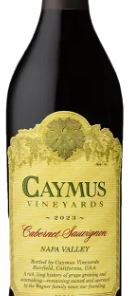 2023 Caymus Cabernet Napa 750ML
2023 Caymus Cabernet Napa 750ML 

